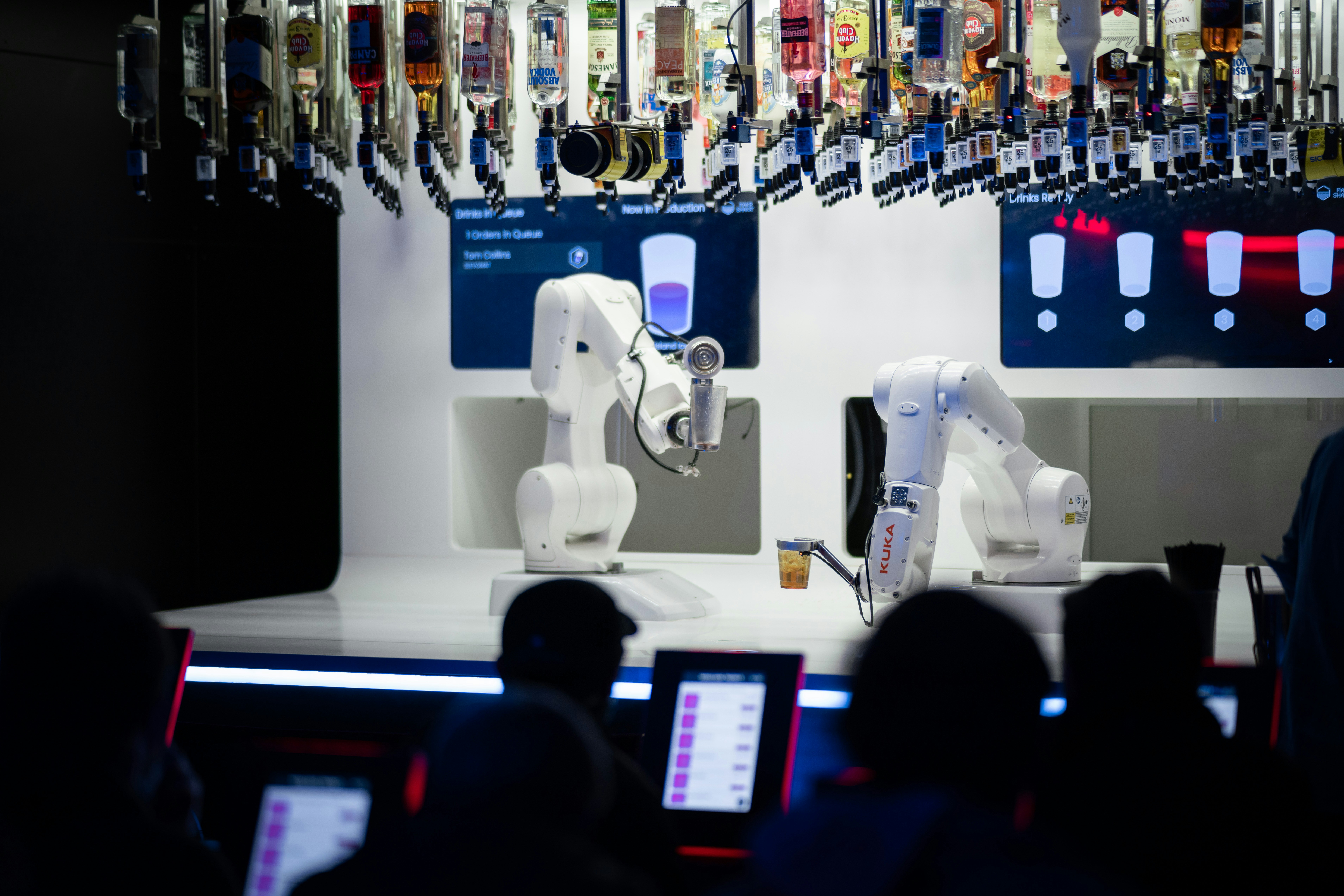
The Best Free Tools & Platforms to Practise Robotics Skills in 2025/26
Robotics is one of the fastest-growing industries in the UK and worldwide. From autonomous vehicles and warehouse automation to humanoid robots and robotic surgery, this field blends mechanical engineering, software development, and artificial intelligence. For anyone hoping to enter the sector — whether as a robotics engineer, control systems developer, computer vision specialist, or roboticist in research — practical skills matter far more than theory alone. Employers want proof you can design, simulate, and test robotic systems. The challenge is that real robots are expensive. Buying robotic arms, drones, or mobile platforms isn’t realistic for most learners. Fortunately, a wide range of free tools and platforms exist to let you practise robotics without costly hardware. These include open-source simulators, frameworks, middleware, and reinforcement learning environments. This article explores the best free tools and platforms available in 2025 to help you practise robotics skills, build portfolio projects, and prepare for careers in this exciting field.











